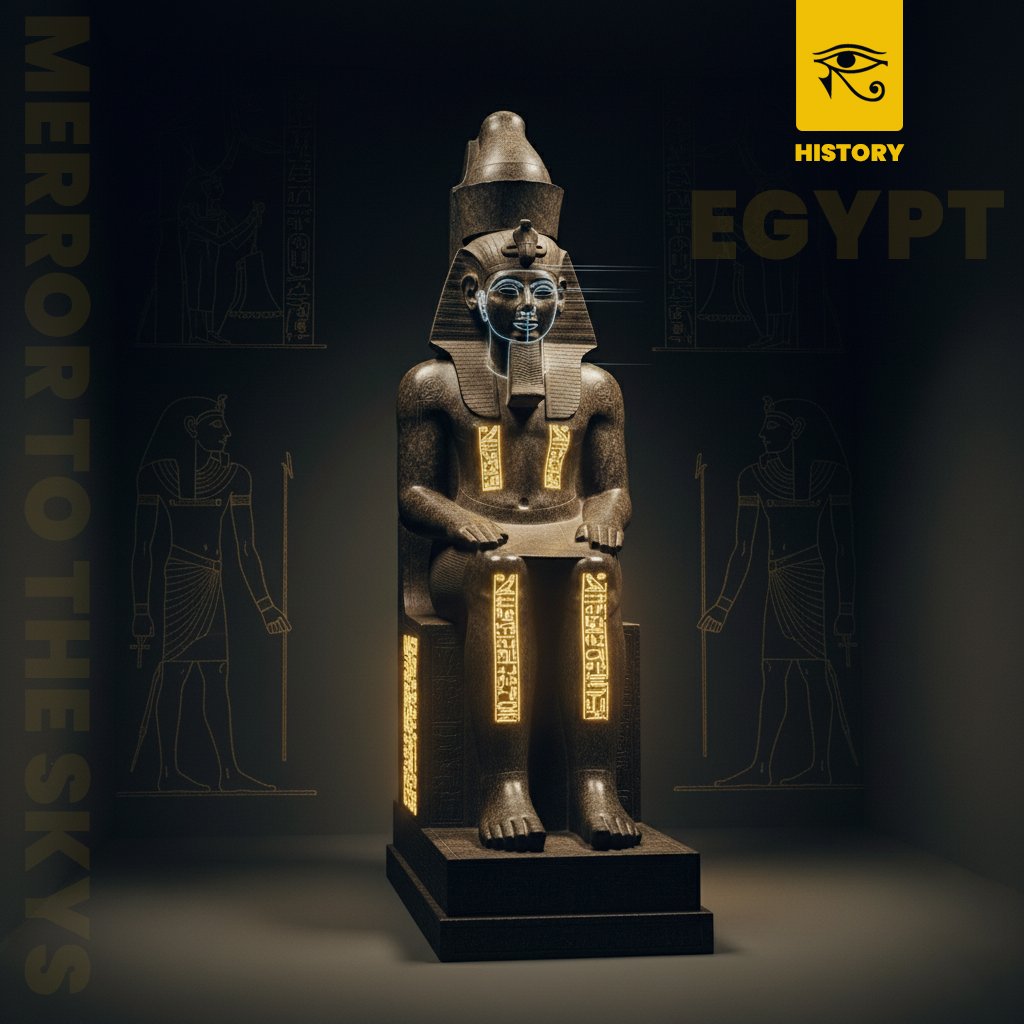Did the Pharaohs Inherit a Prior Civilization? Evidence from World Museums Reveals the Truth.
Ancient Egyptian history has always captivated us with its grandeur and mysteries. But what if a large part of the history we know isn't entirely accurate? What if the pharaonic civilization that astonished us with its achievements actually inherited treasures from another, more advanced civilization that came before it? The physical evidence in museums worldwide doesn't point to a coincidence, but to a systematic pattern of reusing, and even "usurping". The artifacts of a preceding civilization.
This research wouldn't have been possible without a series of pieces of evidence that break conventional molds of thought. We began with the mystery of the stone vessels from the Predynastic Period in Saqqara. How could a primitive civilization with simple copper tools carve perfectly shaped vessels from diorite and granite, materials that require modern tools to work with today? This contradiction was our starting point.
We then moved to the phenomenon of "reconstruction." The famous Edfu Temple, attributed to the Ptolemaic era, holds strong evidence of a pre-existing structure dating back to the time of King Djoser
A time difference of over 2,400 years! This confirms that the ancients built on the ruins of previous civilizations, not just reusing sacred places but also erasing their original features.
Perhaps the most compelling evidence comes from the statues scattered in the world's greatest museums. They aren't just works of art; they are stone testimonies to a historical crime. At the Louvre, there is a red granite sphinx whose description suggests it dates back to the 4th or 12th Dynasty, yet it bears the names of later kings like Merneptah and Shoshenq. This statue, which was originally without inscriptions, was simply a "trophy" that was seized.
This wasn't an isolated incident. In the Berlin museum, another statue from the Middle Kingdom shows that workers tried to modify its features to fit the style of Merneptah's era, but they failed and abandoned the work, leaving behind clear chisel marks. This failure proves that the craftsmanship of the original statue was far too advanced for their capabilities. And at the British Museum, the two red granite lion statues tell an even stranger story: three different kings, including Akhenaten, Tutankhamun, and a Kushite king, reused and changed their inscriptions.
These multiple examples cannot be mere coincidences. They point to a consistent behavioral pattern: the civilization that inherited these artifacts was unable to create statues of the same quality, so the solution was to reuse what it found. The pharaohs would add their own touches, modify features, or even remove the names of their predecessors As Horemheb did with Tutankhamun. to appear as the original creators.
This practice has muddied the archaeological record, making it difficult for us today to distinguish between what is original and what was added later. These statues, which are often wrongly attributed to later eras, are in fact silent witnesses to the existence of a prior, advanced civilization that left behind a "stockpile" of artistic masterpieces that the pharaohs inherited. So, was the Great Sphinx the most important piece in this stockpile? We will reveal this in the next part.




Comments ()